You are here
Back to topCranberries Hit Record Recognition and Popularity Among Chinese Consumers
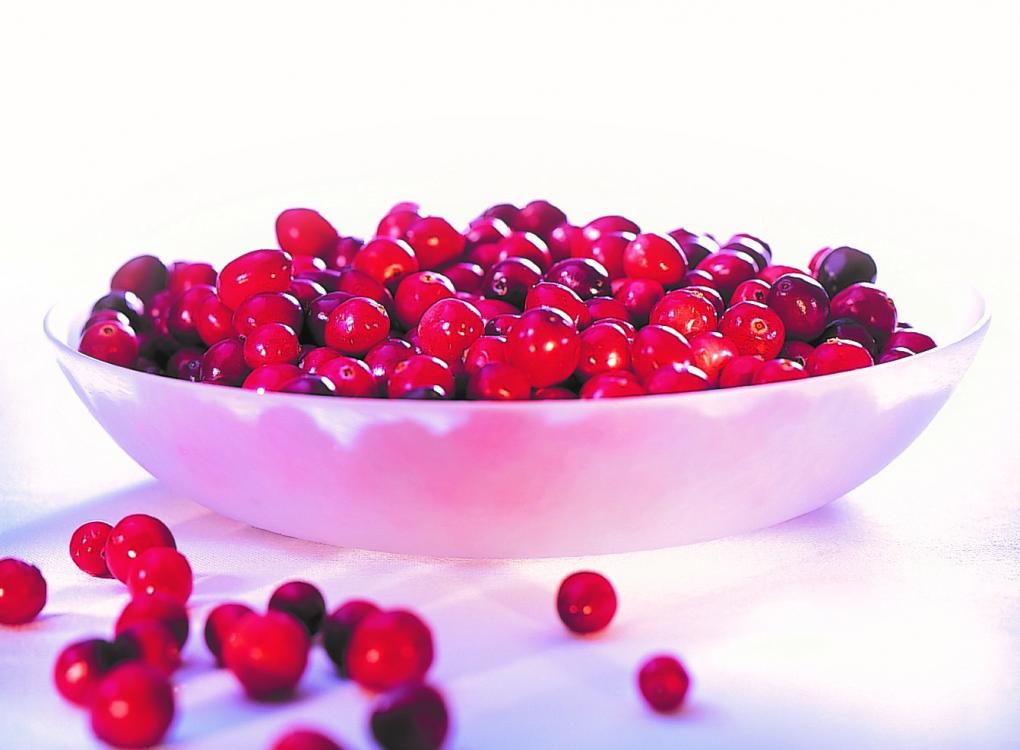
With the pandemic still far from over, lifestyle and consumption habits are rapidly changing, and health foods and healthy eating have come to occupy an important and central position in the lifestyles of many consumers. This emerging demand for nutritious, healthy and delicious products has driven food trends and made cranberries a popular addition to the diet of the average Chinese consumer.
Nielsen’s latest report: Cranberry recognition rate hits a new high
Over the past six years, Nielsen, the well-known international market research firm, has been tracking and analyzing the consumer awareness and market performance of cranberries in China. In January 2021, Nielsen released the results of its latest survey of 3,010 consumers from first-, second- and third-tier cities, revealing that the awareness rate of cranberries in China had reached a new high of 71%. This increased awareness was most pronounced in third-tier cities, where the rate had grown by more than 15% in the previous year to 66%.
The U.S. is the largest producer of cranberries, referred to by some as the “North American Ruby.” Consumers were initially not very familiar with this small, imported red berry when it first entered the Chinese market in the form of dried fruit. However, over the past 10 years, cranberry awareness has skyrocketed, especially recently in third-tier cities. Much of this success can be attributed to continuing efforts to improve consumer awareness of cranberries and their health benefits.
According to Nielsen, 58% of respondents had learned about cranberry products through articles and promotional activities concerning healthy eating. The pandemic has further underlined the importance of maintaining one’s health and increased the perceived importance of healthy eating among consumers. The popularity of cranberries, which are rich in proanthocyanidins and other beneficial compounds, has spilled over into other cranberry-related products. Moreover, the repurchase rate of cranberry products has grown significantly, with 77% of respondents stating that they had purchased cranberry products more than four times in the past year. In second-tier cities, this figure even topped 80%.
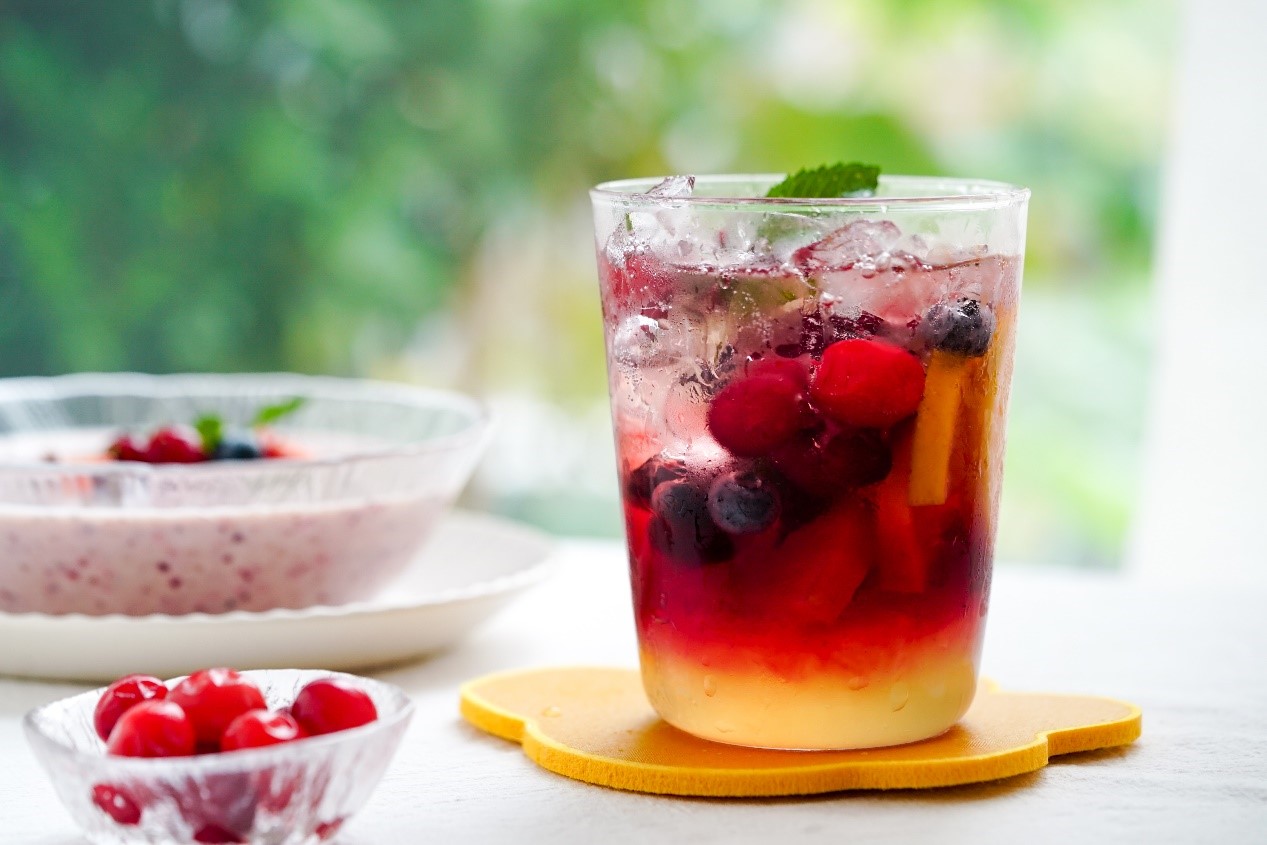
Cranberries at every meal? The pandemic has created a “new normal” in everyday consumption
As a popular new addition to the diets of savvy Chinese consumers, cranberries and cranberry products are moving toward larger scale adoption across various forms of consumption. With the pandemic increasing the popularity of home cooking, numerous consumers have begun to display interest in learning more about cranberry usage in baking and cooking. This year, 43% of consumers who bought cranberries did so for cooking and/or baking, up 9% from last year. Dried cranberries have proven especially popular in increasingly trendy quick-and-easy baking recipes, such as cranberry biscuits.
An interesting figure shows that Chinese “foodies” have begun to tap into the potential of cranberries in Chinese dishes, with 29% of consumers stating that they use cranberries as a side dish for breakfast, lunch or dinner. The natural tartness and fruity taste of cranberries can soften the oiliness of other ingredients in a dish, leading to cranberries being added as a staple ingredient in many kitchens. On gourmet cooking apps such as Xia Kitchen, gourmet masters have shared videos of preparing traditional Chinese dishes in which they replaced common ingredients, such as sugar and vinegar, with cranberry jam and cranberry juice.
Certainly, most consumers (81%) still consider cranberries more of a snack food. Among this group, purchases of baked goods, such as cranberry biscuits and cranberry bread, as well as packaged dried cranberries, have been steadily increasing and are now driving a significant portion of the overall growth of China’s cranberry market.

The three main purchasing channels for cranberries are supermarkets, online shopping and bakeries. The penetration rates of cranberry products in bakeries and convenience stores have risen rapidly, climbing to 50% and 29%, respectively. At the same time, the gap between these different purchasing channels is narrowing. This indicates that the coverage and awareness of cranberry products is continuing to improve and the demand of the broader market can be satisfied through multiple channels.
Ever-expanding cranberry product forms — Have you ever tried these new products?
When cranberries were first introduced to the Chinese market, the only product available to domestic consumers was dried cranberries. In recent years, however, consumers have had greater access than ever before to a continuously increasing number of new and distinct products and product forms. The total number of new products added to Tmall in 2020 alone reached an astonishing 200 million, double that in 2019. Among these new products were various foods made of or featuring cranberries.
From single packets of dried cranberries to cranberry meal replacement bars, cranberry “snowflakes” and probiotics, the available subcategories of cranberry products are becoming increasingly diverse. Moreover, consumers are being more regularly exposed to cranberries through different products — 19% of the consumers surveyed said that they had learned about this little red berry through other foods featuring cranberries as a secondary ingredient.
Not only can consumers purchase a variety of cranberry products from popular, well-known brands, such as Three Squirrels, Liangpin Shop, Baicaowei and others, but they are also able to explore new and emerging cranberry-infused and flavored products. These range from meal replacement powders to energy bars and drinks and are largely driven by the rapidly growing demand for such products among young and young adult consumers.
.png)
Cranberries look and taste better than ever
In the U.S., cranberries are commonly found not only on the dinner table but also in the refrigerator in the form of cranberry juice. Nielsen’s data indicate that Chinese consumers have begun to show similar interest in cranberry juice in recent years.
The purchase rate of cranberry juice in the Chinese market has gradually increased to 25%. The strength of the tea industry over the past several years, especially with respect to milk teas, has helped the recognition rates of cranberry cold snacks and beverages surpass even that of cranberry juice, reaching 35% and 39%, respectively. Among these consumers, 20% stated they had purchased cold snacks such as cranberry ice cream and cranberry popsicles and 29% reported buying milk tea, fruit tea, yogurt and/or other drinks made with cranberries.
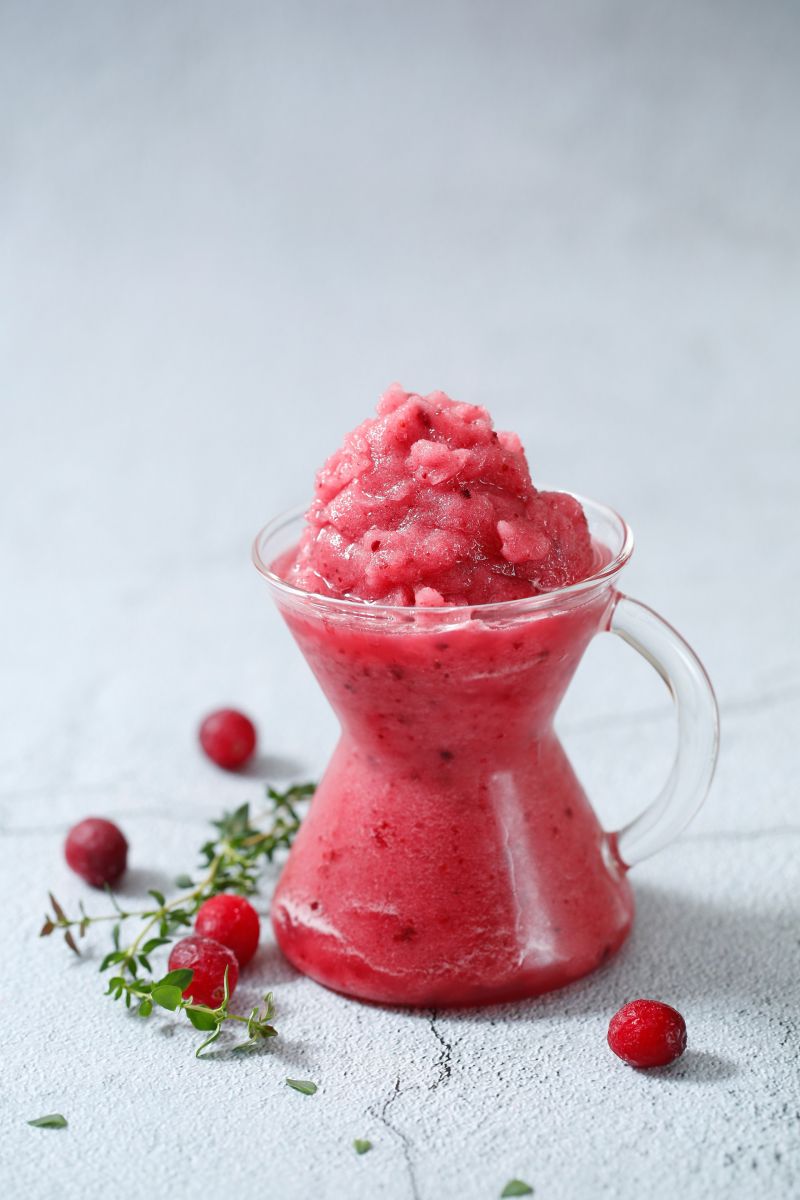
Cranberry drinks are typically made from cranberry juice concentrate and cranberry puree. According to data released at the 2020 China Fruit and Vegetable Juice Industry Summit, the number of new products using cranberry juice concentrate as a raw ingredient has increased by 48% over the past five years, while cranberry puree has witnessed 30–40% growth each year over the same period.[1] Cranberry juice concentrate contains fructose, organic acid and polyphenols. It is the organic acid that differentiates the taste of cranberry juice from that of citric acid or apples and gives cranberry juice a fresher taste. It is anticipated that, in the future, cranberry juice drinks will have increasing market opportunities.
Images: Cranberry Marketing Committee
[1] 2020 China Fruit and Vegetable Juice Industry Summit, “Characteristics of American Cranberry and Its Application in Fruit and Vegetable Juice,” Dr. Huang Long, Technical Advisor, American Cranberry Market Association



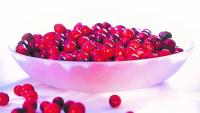
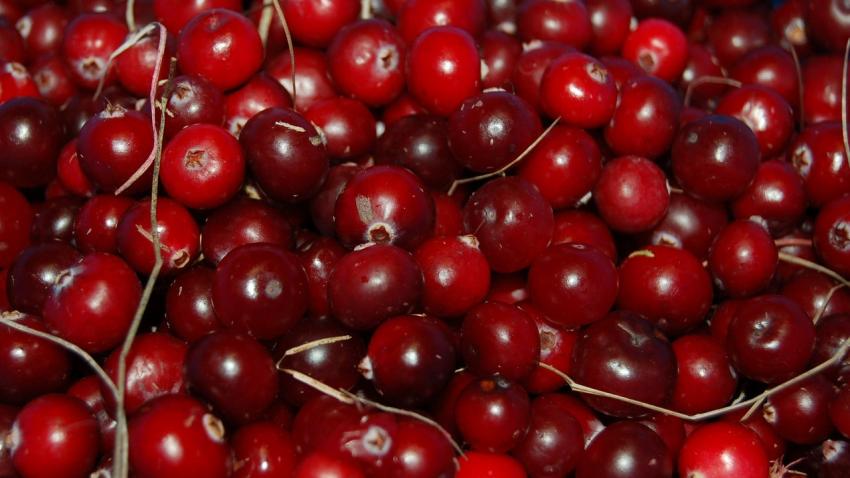
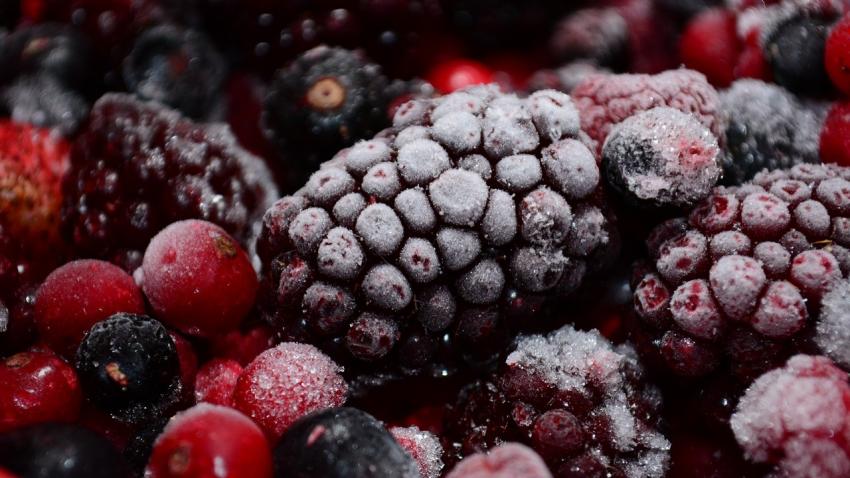
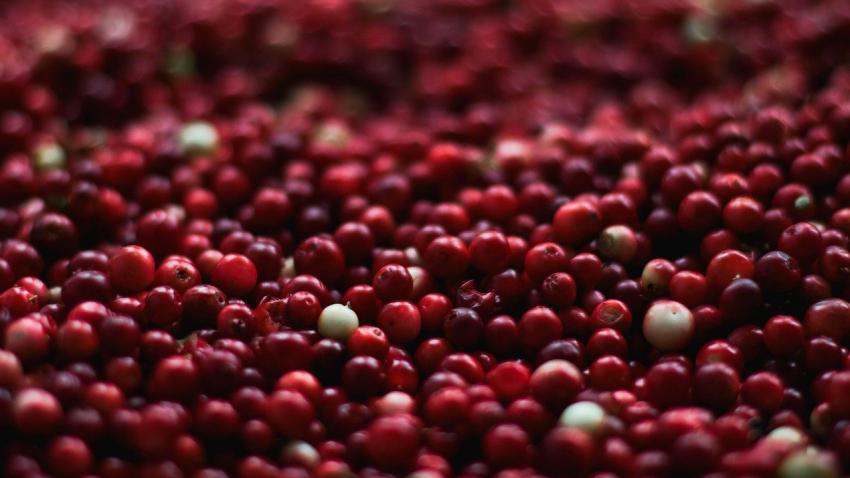







Add new comment